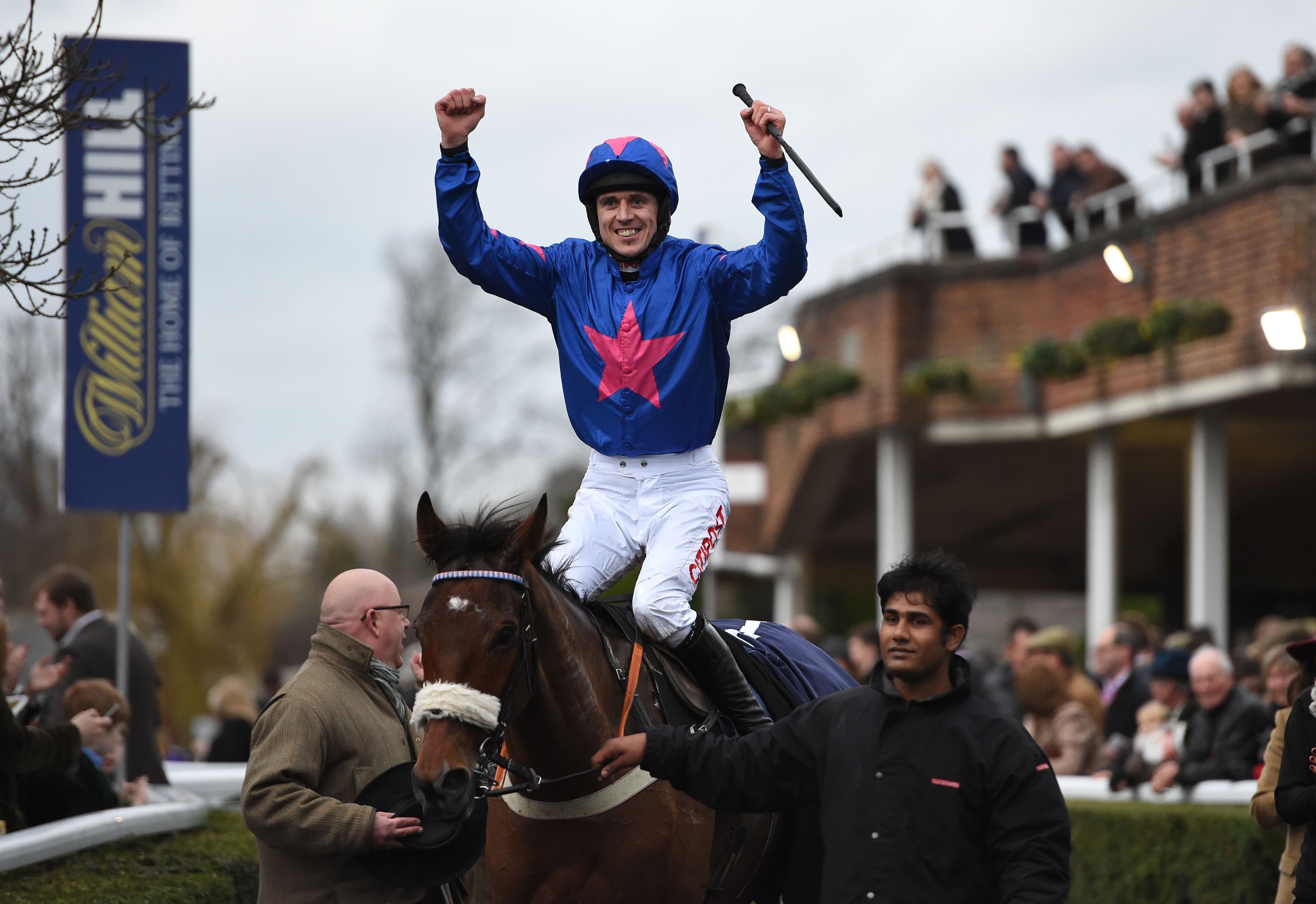Paddy Brennan Bids Farewell to a Glittering Riding Career
Jump jockey Paddy Brennan has announced his retirement after an illustrious 24 years in the saddle. The Irishman made the decision after riding Manothepeople to victory in a three-mile handicap chase at Cheltenham.
From Champion Jockey to Gold Cup Glory
Brennan, 43, was champion conditional jockey in 2004-05 and notched over 1,500 wins, including a memorable Cheltenham Gold Cup triumph aboard Imperial Commander in 2010. He also enjoyed success with fan favorite Cue Card.
Parting Words and Future Plans
Reflecting on his retirement, Brennan highlighted his win on Cue Card in the King George as a career highlight. He expressed pride in his decision to end his career on a high note and plans to take a break with his family before considering his next move.
Tributes Pour In for a Racing Legend
Colleagues and trainers, including Fergal O'Brien, praised Brennan's talent and character, with O'Brien describing him as an "amazing jockey and an amazing man." The racing community celebrates Brennan's remarkable career.
Gamble Responsibly
As a reminder, it's essential to gamble responsibly. Set limits, play with disposable income, and seek help if needed. Organizations like Gamcare and Gamble Aware offer support for those struggling with gambling habits.
Frequently Asked Questions
How do racehorses breed and select for racing?
Racehorses tend to be bred for the purpose of winning races. Breeders choose sires and mares who have proven racing pedigrees in order to produce offspring that are characterized by speed, endurance and temperament. Thoroughbreds are most commonly associated with racing in the UK, and their bloodlines are carefully recorded. Potential racehorses go through a process of selection that includes a pedigree assessment, physical conformation assessments and their performance in training.
What is the meaning of ‘Going?’ in horse racing
The surface of the racecourse on the day of the race is called ‘going’. The ‘Going’ is an important aspect that can impact the performance of the horse and the result of a race. The ‘Going” can vary from heavy, which indicates a wet, very soft track, to firm, which indicates a hard, dry surface. There are several gradations in between, such as soft, good to soft, good, good to firm, and hard. Trainers, jockeys and owners must consider ‘Going’ when selecting racing equipment or strategies.
What is the handicap system in UK horseracing and how does it work?
In UK horseracing, the handicap system gives every horse an equally good chance of winning. Essentially, horses are assigned different weights to carry during the race based on their past performances. To level the playing fields, better horses are given heavier weights. In the UK, the British Horseracing Authority (BHA) is responsible for handicapping. Their team of handicappers updates ratings regularly after races.
How can I learn to read a racecard?
The racecard provides important information about the race, the horses and their trainers. A racecard lists the following details: the horse’s age, weight, trainer, jockeys, past form figures, and the color of silks worn by jockeys. By learning how to interpret these data, you can better gauge each horse’s chances. Many betting services and racecourses offer guides for reading racecards to their customers.
What does it mean to have a ‘photofinish finish’?
When two or three horses cross the finish-line so closely that it is difficult to distinguish the winner by sight, a “photo finish” occurs. In these situations, race officials are able to use a high-speed camera to record images of the moment the noses of each horse reach the finish. The photo finish helps officials determine the official finish order accurately.
Are there different types of horse races in the UK?
Yes, there are different kinds of horse races held in the UK. The most common ones fall into two categories: Flat racing and National Hunt or Jump racing. Flat racing takes place over level tracks from five furlongs to two miles. National Hunt racing focuses on both the horse’s jumping and speed. Races like steeplechases and hurdles feature obstacles. Within these two broad categories, there are also variations such as handicaps, maidens, and conditions races, each with specific entry criteria and rules.
Statistics
- Around 14,000 thoroughbred foals are born each year in the UK with the goal of becoming top racehorses.
- In the UK, more than 14,000 people are employed directly in the horse racing industry.
- Approximately 6 million people attend horse racing events in the UK each year, making it the second most popular spectator sport in the country.
- British horse racing generates over £350 million in annual tax revenues for the UK government.
- The Grand National at Aintree boasts a prize fund of around £1 million, making it the most valuable jump race in Europe.
- The National Hunt racing season in the UK sees approximately 1,000 races with hurdles or fences each year.
External Links
thejockeyclub.co.uk
thejockeyclub.co.uk
betfair.com
britishhorseracing.com
thejockeyclub.co.uk
racingtv.com
How To
How to select a winning racehorse in UK Racing
The form of a horse is important to consider when choosing a winner. It includes past performances, race distances, surfaces, and the success records of the jockeys and trainers. Focus on horses that consistently place in the top 3 of recent races. Assess the horse’s suitability and performance under similar track conditions. Check the win and place statistics for both the jockey and trainer to assess their track record. Although there isn’t a foolproof method for selecting a winner you can increase your chances by doing thorough research.

